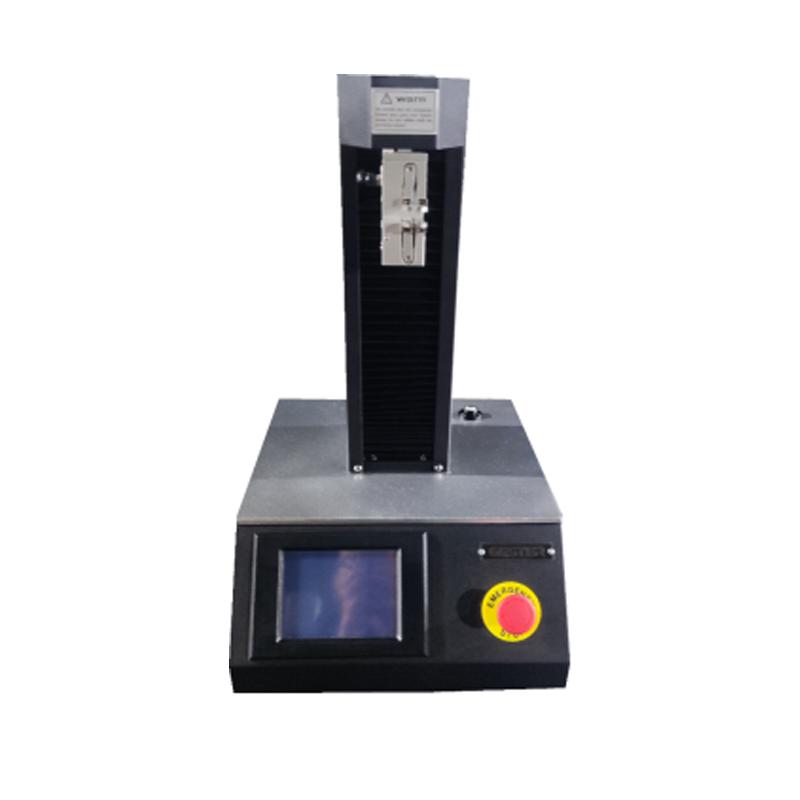How robotic vision empowers instant decision-making
All You Required to Find Out About Robotic Vision and Its Applications in Advanced Optical Measurement Solutions
Robotic vision stands for a considerable advancement in the intersection of computer vision, man-made knowledge, and artificial intelligence. This innovation improves the accuracy of optical measurement systems, enabling real-time data evaluation and boosted quality assurance. Its impact spans several markets, from producing to health care. The evolving landscape of robotic vision raises inquiries concerning future capacities and applications. What innovations lie in advance in this transformative area?
Comprehending Robotic Vision: Secret Concepts and Technologies
Robotic vision encompasses the technologies and methodologies that allow devices to interpret and recognize aesthetic details from their environment. This area combines elements of computer vision, fabricated knowledge, and device understanding to promote automatic decision-making based on aesthetic data. Trick concepts consist of image handling, which includes the enhancement and analysis of images to remove purposeful functions, and object recognition, which enables devices to identify and categorize things within a scene.

The Integration of Robotic Vision With Optical Dimension Solutions
As markets progressively demand accuracy and performance, the assimilation of robot vision with optical measurement systems has arised as a transformative strategy. This harmony allows robotics to perceive and translate their surroundings, enhancing the capability of optical dimension systems to evaluate and analyze things with unrivaled precision. By gearing up optical sensing units with advanced imaging innovations, robot vision enables real-time information collection and processing, helping with instant changes to measurement specifications.
The combination encourages automated systems to discover variations in measurements, surface top quality, and alignment, which are essential in high quality control procedures. Boosted algorithms, such as equipment discovering, further increase this integration by boosting the systems' ability to adjust to various atmospheres and circumstances. The integration not only simplifies measurement processes but additionally lessens errors, guaranteeing that products meet stringent sector requirements, thus solidifying the function of robot vision in the future of optical dimension systems.
Applications of Robotic Vision in Manufacturing
In modern manufacturing atmospheres, making use of vision systems has actually changed production procedures by making it possible for equipments to perform jobs with exceptional accuracy and speed. Robotic vision systems are significantly utilized for high quality control, where they check products for flaws and guarantee adherence to requirements. These systems make use of cameras and progressed formulas to evaluate products in real-time, considerably decreasing the risk of human error.
Additionally, robot vision promotes automation in assembly lines, allowing robots to properly recognize elements and assemble them with very little downtime. This innovation likewise enhances inventory monitoring, as vision systems can monitor supply levels and identify disparities, guaranteeing a seamless supply chain.
Robotic vision help in the implementation of wise factories, where data from vision systems can be incorporated with other modern technologies to enhance workflows (optical fibre diameter analyser). On the whole, the applications of robot vision in next manufacturing demonstrate its vital duty great site in boosting effectiveness, high quality, and efficiency throughout numerous fields
Robotic Vision in Health Care: Revolutionizing Person Care

In rehabilitation, robotic vision help in keeping track of person progress and customizing treatment sessions to private needs. It supports medical specialists by automating jobs such as data collection and client monitoring, permitting even more time to concentrate on straight individual communication. Additionally, robot vision improves telemedicine by making it possible for remote diagnosis and digital examinations, connecting the gap in between people and doctor. In general, the application of robotic vision in medical care is changing individual treatment, leading to boosted end results, effectiveness, and patient complete satisfaction.
Future Patterns and Developments in Robotic Vision Innovation
The quick advancement of robot vision technology promises to additionally boost its applications across various industries, consisting of healthcare. Future patterns show a substantial change in the direction of including fabricated intelligence and artificial intelligence, allowing systems to pick up from vast datasets and enhance accuracy gradually. Improved sensing her latest blog unit innovations and deep learning formulas are expected to improve item recognition abilities, permitting robotics to analyze complex atmospheres much more successfully.

The integration of augmented fact (AR) with robotic vision will likely revolutionize how robots aid in surgical procedures and diagnostics. This harmony will certainly facilitate real-time information visualization, improving decision-making procedures. Furthermore, miniaturization of elements will certainly result in more portable and flexible robotic vision systems ideal for a selection of jobs. As these advancements unfold, industries will certainly witness increased automation and performance, solidifying robot vision as a cornerstone of ingenious technological remedies.
Often Asked Inquiries
What Are the Main Components of a Robot Vision System?
The major elements of a robot vision system consist of video cameras for photo capture, cpus for information evaluation, algorithms for analysis, and actuators for motion. With each other, these elements enable robotics to perceive and connect with their setting efficiently.
Exactly How Does Robotic Vision Improve Precision in Measurements?
Robotic vision enhances dimension accuracy by using innovative imaging modern technologies, making it possible for accurate object discovery and spatial evaluation. This capability lowers human error, raises repeatability, and permits real-time adjustments, inevitably improving overall measurement dependability and efficiency.
What Industries Benefit A Lot Of From Robotic Vision Innovation?
Numerous industries benefit significantly from robot vision innovation, consisting of production, medical care, agriculture, and logistics. These fields make use of boosted accuracy, efficiency, and automation, causing boosted productivity and minimized functional expenses in their respective processes.
Can Robotic Vision Solutions Job in Low-Light Conditions?
Robotic vision systems can undoubtedly function in low-light problems, using sophisticated sensors and formulas to enhance picture clarity. This capability allows them to perform efficiently in different environments, consisting of industrial and surveillance applications, despite having very little lighting.
What Are the Prices Related To Carrying Out Robotic Vision?
The prices connected with applying robot vision differ substantially, affected by elements such as cams, software application, and combination. Added costs consist of maintenance, training workers, and prospective upgrades to existing systems, which can build up in time.